The Beauty of Ektar Pushed + 2 Stops
9 35 Share TweetA long-time fan of plastic cameras, Argentinean writer and photographer Lorraine Healy is the author of “Tricks With A Plastic Wonder,” a manual for achieving better results with a Holga camera. In this article, Healy shares images taken with Ektar 100 film, pushed two stops and some non-pushed for comparison.

I began writing this article in my head a long time ago, but kept on trying some new experiment or other with Ektar 100, and time got away from me! With summer light about to hit the Northern Hemisphere, I thought this would be a good time to share my experiments and thoughts on pushing Kodak Ektar 100 film two extra stops — in other words, shooting it and developing it as if it were ISO 400.
The real culprits who started me on this road are Laz and Rachel (She is also known here as @incasino_out and other platforms and you can find Laz’s work on Instagram. Laz and Rachel are also widely known as two of the team of lab rats from the Old School Film Lab in Dover, NH. They are the ones that develop and scan your film! They are also great photographers in their own right. About 15 months ago, I noticed they were posting some incredibly saturated, gorgeous images, explaining they had been shot with their various cameras (They shoot EVERYTHING) and Kodak Ektar 100 pushed two stops. My head almost exploded. Could I get these same results?

A quick note on what is meant by “pushing film”: If you shoot your film at “box speed” (the ISO stated on the box), you are exposing the film the way it was meant to be exposed. If you underexpose it, essentially you are telling your camera that the film is not really 100, for example, but ISO 400 (underexposing by 2 stops). “Pushing film” takes place at the development stage. Instead of developing the film for the time allotted for the box speed, the film stays in the developer for a longer time. So whether you develop your film or you send it to a lab, you need to mark the roll clearly so that it can be left in the developer for that longer amount of time. With Ektar, I did both: I set my cameras (LC-A+ for 35mm, LC-A 120 for medium format) as if I was shooting with ISO 400 film, underexposing by 2 stops. Then I sent it to Laz, Rachel, and the gang at Old School Film Lab and asked that the film be processed pushed +2 stops.

I started with medium format in Central Illinois, while visiting family last year. I shot two rolls of 120 Ektar, setting the LC-A 120 at 400 iso (instead of the box speed of ISO 100), then asked the lab to push develop it by two stops. The first three images came from those two rolls. I was hooked! Could I get similar high-saturation results while shooting on Whidbey Island, my home base in the Pacific Northwest? This time I used 35 mm Ektar with the LC-A+. You can see the results above, some shot in full sunshine, some later in the day with lower light.
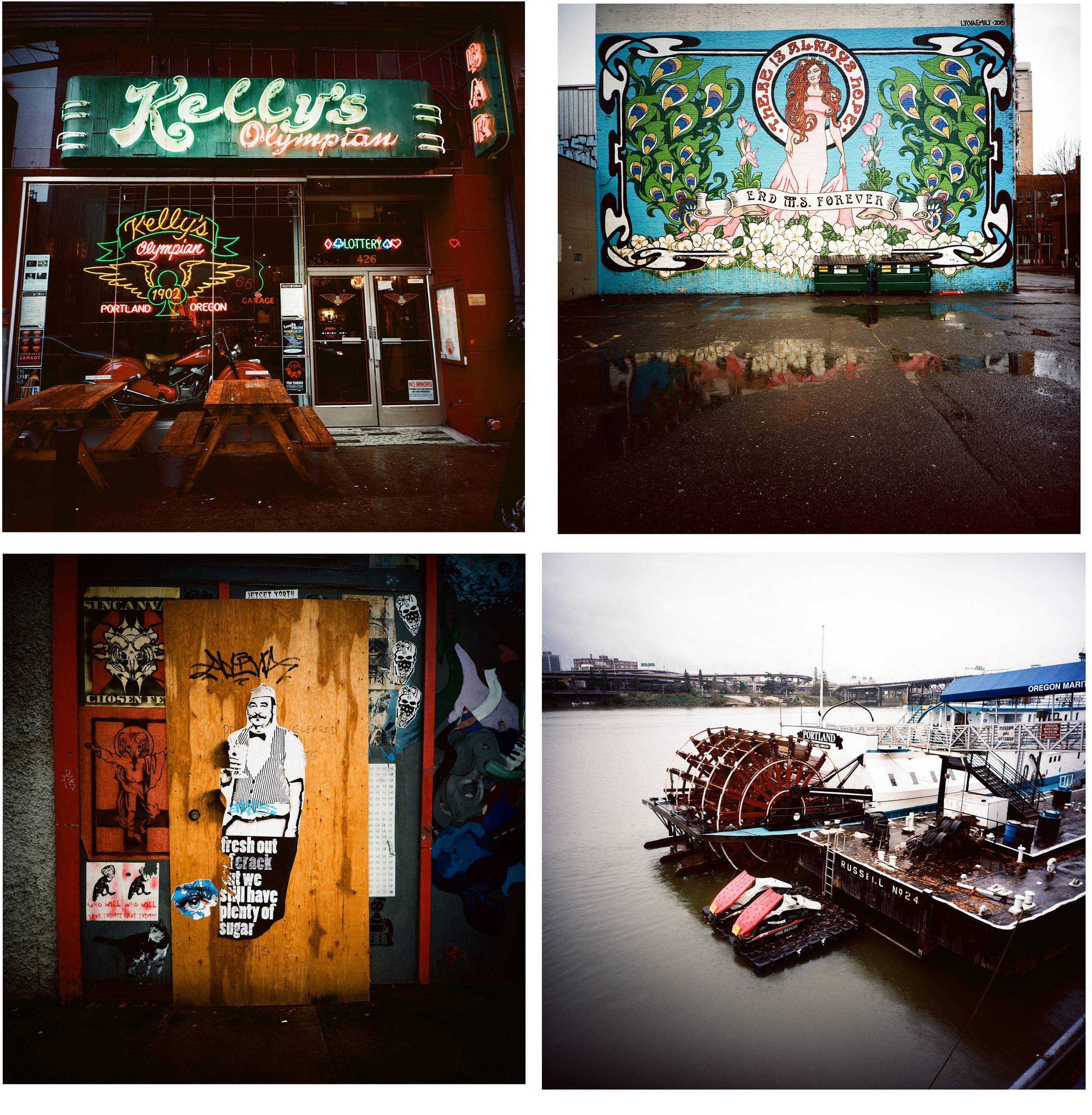
Fast forward to December last year, in Portland, Oregon. I shot underexposed Ektar and had it pushed +2 stops on development, on the LC-A 120. The results were still saturated and enormously pleasing to my eye, and I loved the way the night shots of the bridge across from where I was staying came out. But I could see that winter light was now a big factor in the results I got. This is logical, of course. There is a big difference in summer and winter light. But I wondered if it was still worth going through this underexposing + pushing process, or whether it might be better to just use faster film.
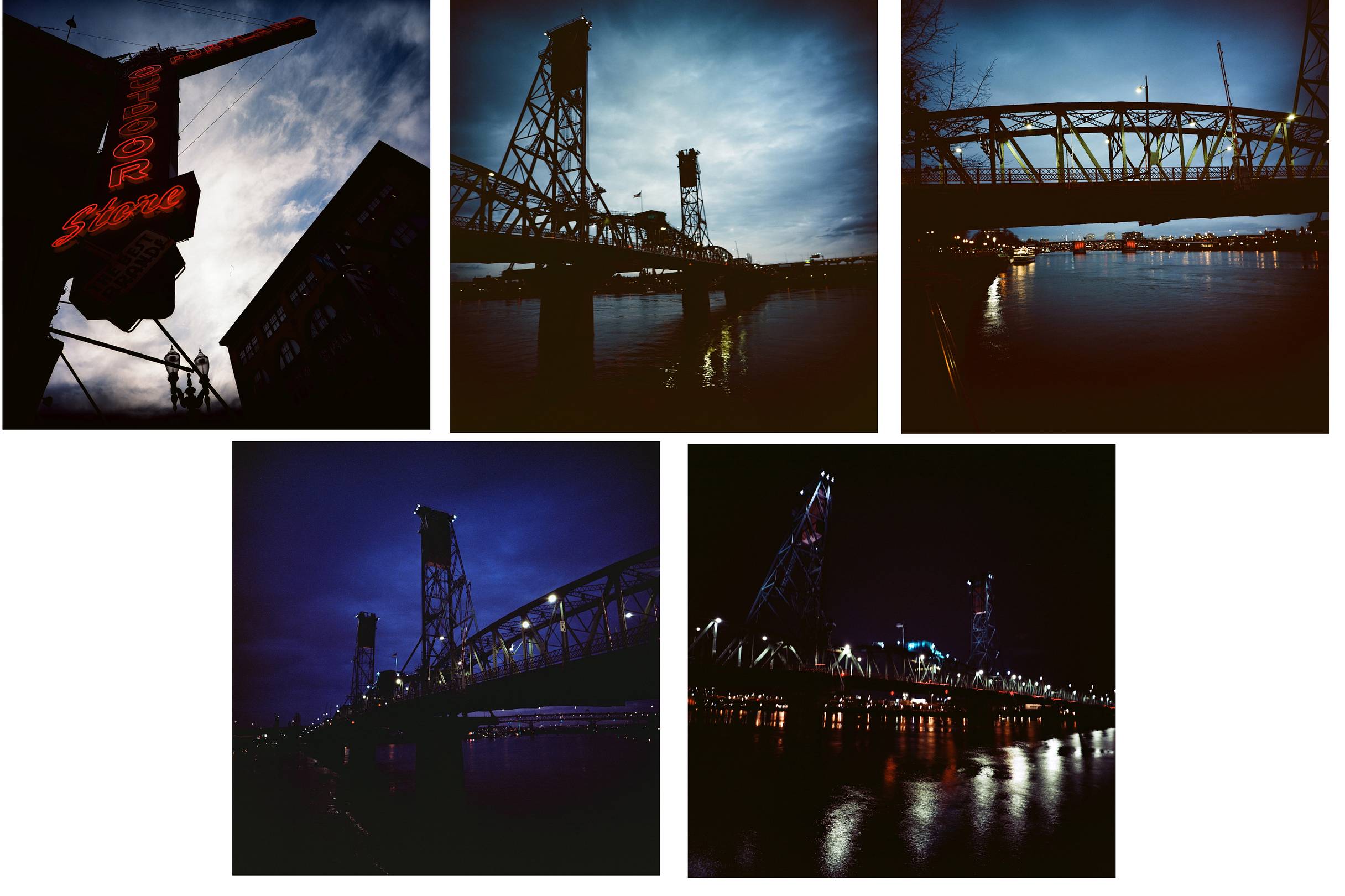
I decided to load each of my LC-As with Ektar 100 and set one of them to ISO 100 and one to ISO 400. On development, the one at box speed would be developed normally and the one underexposed pushed +2 stops. As much as I was able, I tried to take the exact same image with both cameras, but there were a few minor differences.




Apart from more open shadows in the shots that were underexposed and pushed, there is very little difference, to my eye. But my Twitter friend Dev Samaddar remarked that he saw that the underexposed and pushed ones seemed…well, clear. And he added that they did not look like anything else, not like Ektar shot and developed at box speed, not like Provia, not like Portra. These underexposed and pushed shots had their very own look. I agreed and asked for his permission to quote him here, which he graciously gave.

A final twist on the Ektar underexposed and pushed saga: I decided to try it with one of my Holgas. We have all heard how Fuji is stopping production of most of its film stocks and my favorite one to use with the Holgas has always been Fuji 400H. Fuji has not said it is going away, but, realistically, how long will it be around? I am not a big fan of Portra, and though I really like Lomography Color Negative 400, it is not always in stock. I wondered if Ektar underexposed and pushed could become an alternative.
From the first three images, shot strictly with this experiment in mind and going for color and light (not composition), I think it can become an alternative — in full sun. On the four below, which were shot later in the day and with less light, and the final one in an overcast morning (and we get a lot of those here), the results were not so fabulous. But I’ll repeat this experiment, maybe in sunny Illinois in the next few days, and see what happens.

Lorraine Healy (@lorrainehealy) is an Argentinean writer and photographer living in the Pacific Northwest. A long-time fan of plastic cameras and she is the author of “Tricks With A Plastic Wonder,” a manual for achieving better results with a Holga camera, available as an eBook from Amazon.com.
written by Lorraine Healy on 2018-07-16 #people #medium-format #120 #35mm #color #gear #usa #holga-n #lc-a #pushing-film #lc-a-120 #under-exposing-film




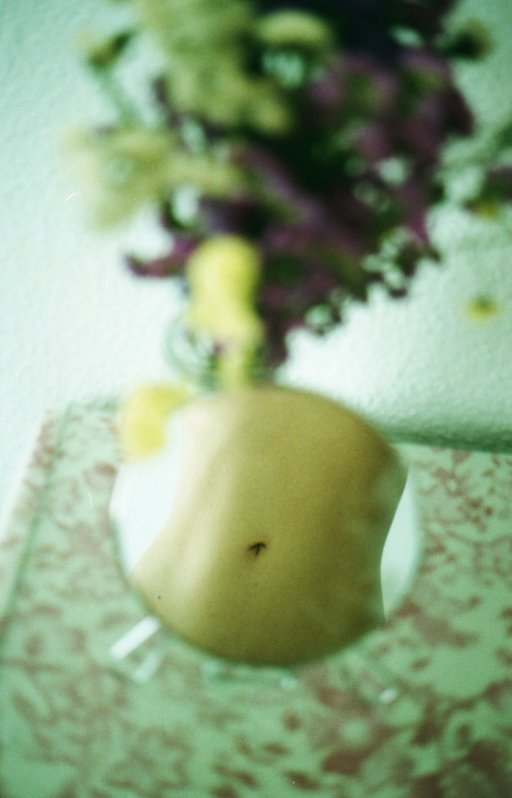

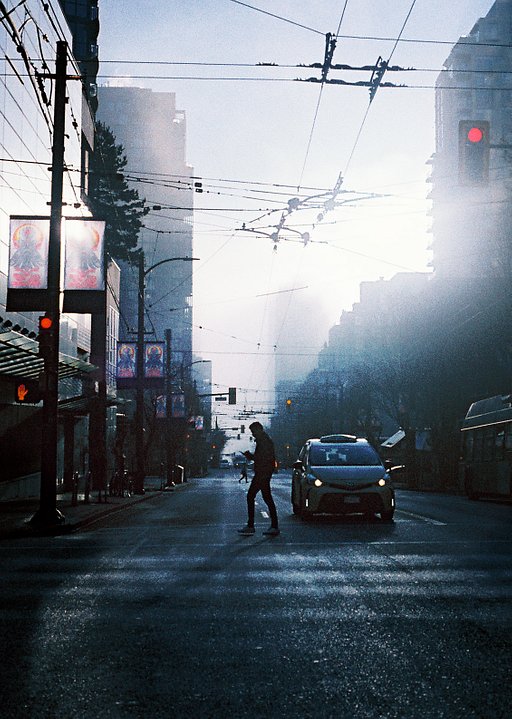


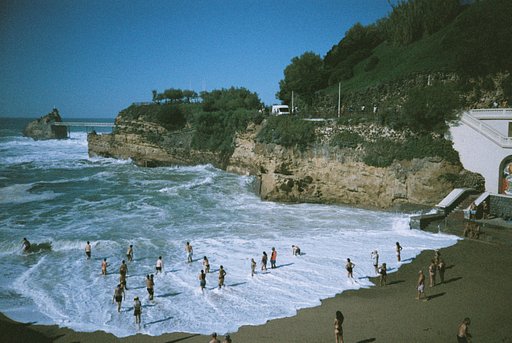






9 Comments